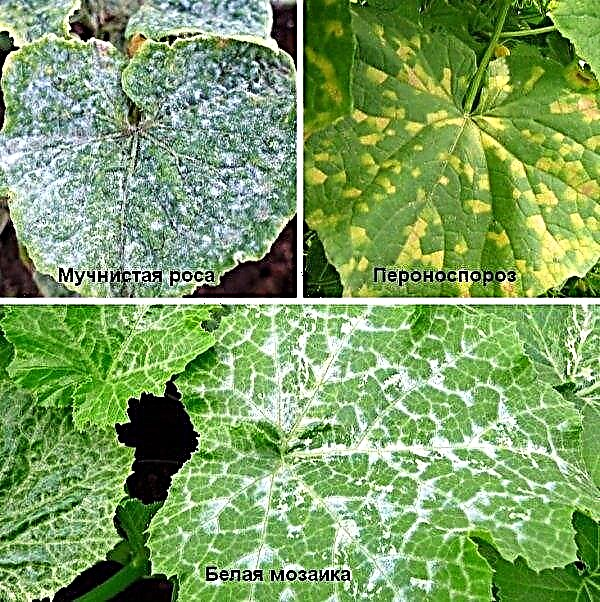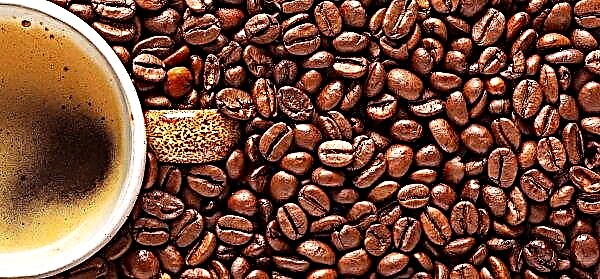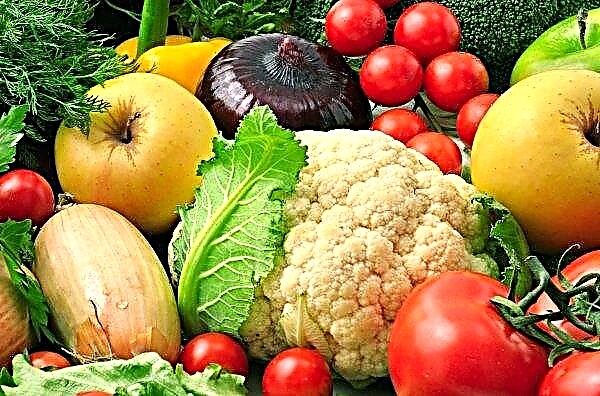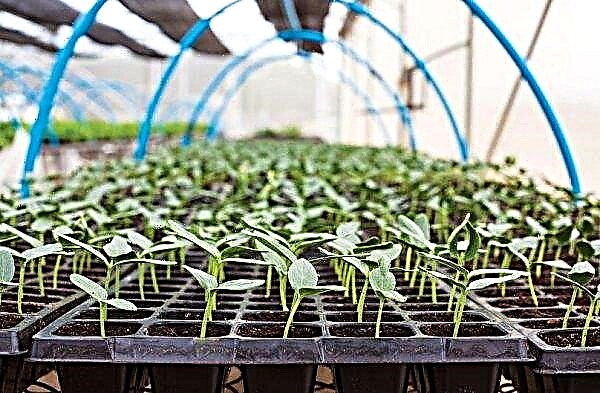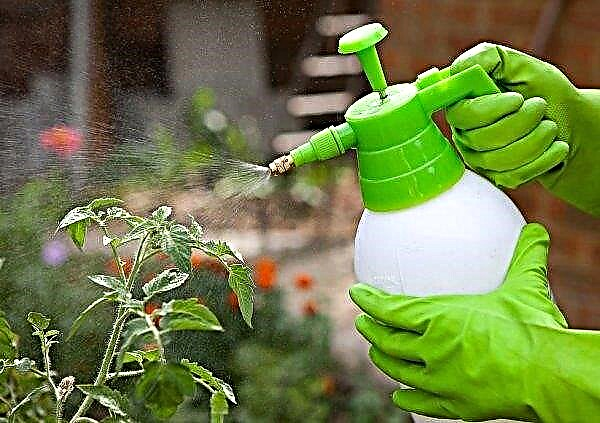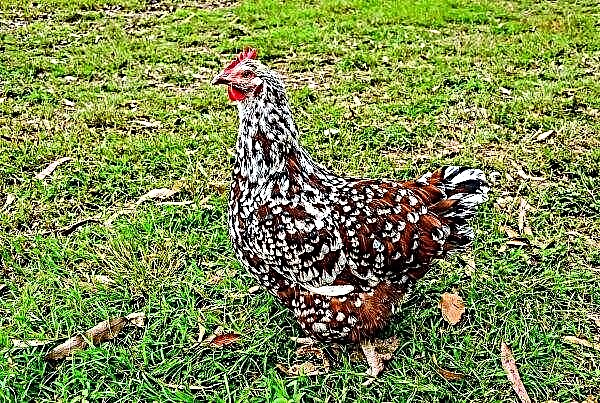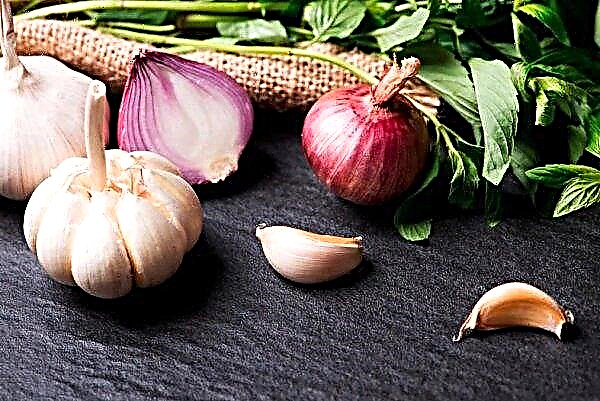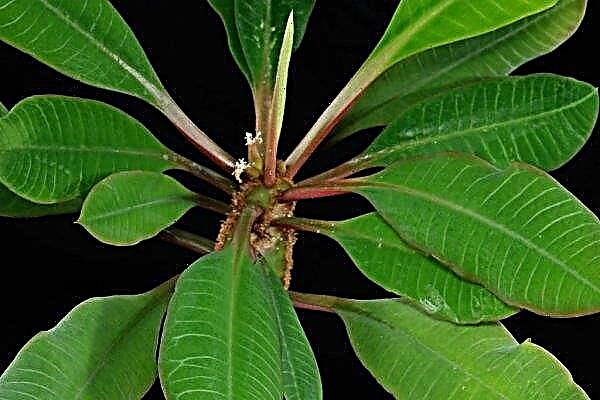Crop production has in its arsenal a considerable number of various highly active preparations with which you can perfectly feed any fruit crop. However, most of them are quite harmful to the soil, and if used improperly, they can cause enormous damage to the environment. To avoid this, many use folk, safer feeding methods. This article will discuss the main advantages and benefits of top dressing from iodine, ash and boric acid in a modern tomato growing system.
The effect of ash, boric acid and iodine on plants
Despite its simplicity, iodine, boric acid and ash are considered quite concentrated and important for plants substances. They are one of the main sources of various mineral compounds that are important for the active growth and fruiting of tomatoes. However, in addition to great benefits, such top dressing can be harmful.
Pros
- The main advantages of ash, iodine and boric acid in an intensive tomato cultivation system:
- low cost;
- with a clearly planned feeding system can increase productivity up to 20–25%;
- timely processing makes it possible to increase the immunity of tomatoes and prevent the appearance of infections and pests in their plantings;
- contribute to the active growth of aboveground and underground plant mass;
- provide an opportunity to accelerate the ripening of tomatoes;
- regulate the organic-mineral component of the soil;
- restore the natural agrochemical properties of the soil;
- reduce the need for mineral and organic fertilizers.
Minuses
- These substances have disadvantages:
- preparation of top dressing requires careful attention, since deviation from the necessary concentrations can cause inhibition and destruction of plantings;
- can lead to soil leaching;
- folk remedies can not be used for feeding only as an additional measure to increase the growth activity and yield of tomatoes;
- derivatives of boric and iodine mixtures are able to accumulate in the soil, which with excessive intensive agricultural technology can negatively affect the soil condition.
Signs of iodine deficiency
Iodine is considered one of the most important trace elements that tomatoes need for successful growth and development.
Did you know? The iodine concentrate was first obtained in 1811 by the French chemist Bernard Courtois. During experiments with seaweed ash, the scientist noted the formation of a previously unknown substance, characterized by a bright purple color during evaporation, which soon became known as “iodine”.
The following signs indicate a sharp increase in its deficit:
- the leaves of the plants become pale, the stalk becomes noticeably thinner;
- inhibition of the formation of fruit ovaries;
- Tomatoes do not ripen for a long time, often they can die on a bush;
- plantings are actively affected by all kinds of infections (late blight, brown spotting, root rot, viral mosaic);
- plant immunity drops at times, even with preventive treatments, plantings are actively affected by infections.

Basic feeding rules
Often, when diagnosing a deficiency of trace elements in the soil, gardeners instantly resort to fertilizing the beds. However, often this does not bring instant results. The reason for this is all kinds of mistakes made by gardeners during feeding plantations.
To avoid them, the following simple rules should be followed when processing a site:
- top dressing should be started shortly after transplanting seedlings into open soil, using weakly concentrated solutions (the concentration is half that of adults);
- after the plants get stronger (at the beginning or in the middle of June) they must be treated with a milk-iodide mixture;
- during flowering of beds, an aqueous solution of iodine is shown, it is introduced under the root, in the basal ring;
- only after the appearance of the ovary is the plantation fertilized with a complex mixture based on iodine, ash and boric acid.
Important! Young plants do not fertilize until they are fully rooted, often this requires at least 10 days after transplanting seedlings into open soil.
Processing time
Spraying of beds begins to be carried out from the beginning of the growing season, up to the end of the green-ripening stage of fruit formation. At the same time, at least 10-14 days must pass between each treatment of plants. During this time, concentrated solutions will completely dissolve in the soil, otherwise a saturation of the tomato habitat is observed.
Often this provokes withering of plants and suppression of immunity, which leads to their slow death. The first top dressing is done after transplanting the seedlings to a permanent place; in the case of preventive fertilizers, the procedure is carried out 3-4 times a season, with iodine, milk-iodine and a complex mixture in turn. However, if the plants show a lag in growth or flowering, the number of applied top dressings is increased to 5–7 per season. At the same time, the multiplicity of the introduction of a complex mixture of iodine, ash and boric acid, which is responsible for the activity of the formation and ripening of fruits, is doubled.
However, if the plants show a lag in growth or flowering, the number of applied top dressings is increased to 5–7 per season. At the same time, the multiplicity of the introduction of a complex mixture of iodine, ash and boric acid, which is responsible for the activity of the formation and ripening of fruits, is doubled.
In the case of severe inhibition of tomato growth, both in separate phases and in general, caused by unexplained factors, the number of top dressings is increased up to 1 time every 10 days, until the tomatoes become normal. In this case, the amount of certain funds is selected based on the phase in which the tomatoes are.
Important! They treat plants and soil only after heavy watering, early in the morning or late in the evening.
How to prepare a solution
It’s not difficult to prepare the working fluid for planting, it requires a standard set of garden containers and tools. Moreover, special attention should be paid to the quality of the feedstock. For the preparation of mixtures, it is forbidden to use expired ingredients, they are not only less effective, but can also have a detrimental effect on plants.
Proportions
For young, recently planted seedlings, dressing is prepared on the basis of 4 liters of water and 2-3 drops of an iodine alcohol solution, for more adults, a solution of 10 liters of water and 10 drops of alcohol iodine is used. The milk-iodine solution used for top dressing in the flowering phase is obtained on the basis of 4 l of water, 1 l of fresh milk of medium fat content and 15 drops of an iodine alcohol solution.
To prepare a comprehensive nutritional mixture, for 5 l of boiled water you need to take:
- 3 liters of sifted ash;
- 1 bottle of iodine alcohol solution (10 ml);
- 10 g of boric acid (powdered mass).
In addition, dry ash is often added to the beds, which restores the loss of calcium, magnesium and phosphorus in the soil. To do this, 1 tablespoon of ground ash is poured under each bush once a week, or an ash solution (100 g of ash / 10 l of water) is added every 14 days.
Did you know? Tomatoes contribute to the natural protection of the skin of the body from aging. This is explained by the fact that their composition contains a high concentration of a specific compound of lycopene (has antioxidant properties, and also slows down the body's oxidative processes).
Step cooking
To prepare a weakly concentrated iodide or milk-iodide mixture, all components are thoroughly mixed before use, and then aged for about 30-60 minutes at room temperature. During this time, the liquid will warm up to the environment, after which the danger of overcooling the underground and aboveground parts of the plants will disappear.
The complex solution is prepared as follows:
- Boil clean and settled water for 10 minutes, and then cool it.
- Mix water and crushed ash, then let the mixture stand at room temperature for about 60 minutes.
- Combine the ash solution with boric acid and iodine, and then thoroughly mix the liquid and incubate at a temperature of at least + 20 ° C throughout the day.
- Prepare a working solution, for this 1 liter of infusion is diluted with 9-10 liters of water.
Video: preparing a solution for feeding tomatoes
Processing of tomatoes with ash, boric acid and iodine
Tomatoes are fertilized with two methods: by watering the soil and irrigating the foliage. Despite the generally accepted belief that plants feed on the root system, green mass is also able to effectively absorb nutrients, especially if they are aimed at instant activation of plant metabolism.
Moreover, the general technique of such treatments is radically different. The most optimal mode of feeding the beds is observed in the case of alternation of both methods, so many experienced plant growers recommend using them alternately, regardless of the type of drug introduced.
Important! With active interaction with plants, boric acid is able to impair the pot life of tomatoes, this should be taken into account if the crop is planned to be transported over long distances.
Root
Root dressing is more common than non-root, it is simple, effective and practically does not require any equipment. It is often carried out late in the evening, while the site is divided into an even number of zones, on the basis of which the necessary amount of working fluids is prepared. As a rule, about 1 liter of solution is used per 1 m² of plantings. Before watering, near each plant create small pits about 20-30 cm, the so-called trunk circle. It helps to reduce the cost of working fluids, as well as direct feeding to the area with the greatest number of roots.
Before watering, near each plant create small pits about 20-30 cm, the so-called trunk circle. It helps to reduce the cost of working fluids, as well as direct feeding to the area with the greatest number of roots.
After this, the beds are well watered, and then allowed to form on the soil a small dry crust (it takes about a day). Fertilizers are applied to the near-stem circle, avoiding the ingress of liquid into the aisles and other areas of the site.
Foliar
Foliar top dressing is carried out using mechanical or electrical spray guns. During the procedure, the leaves and the stem are thoroughly sprayed with the working fluid. In this case, the ingress of nutrient mixtures into the soil, into the trunk circle is allowed. Also, as with root top dressing, at least 1–2 hours before the procedure, beds should be abundantly watered, since after spraying, watering the beds for several days is prohibited. For foliar replenishment use about 5 liters of fluid per 1 m² of plantings.
Also, as with root top dressing, at least 1–2 hours before the procedure, beds should be abundantly watered, since after spraying, watering the beds for several days is prohibited. For foliar replenishment use about 5 liters of fluid per 1 m² of plantings.
Additional tips
To feed plants most efficiently, you need to adhere to the following tips:
- the processing of beds should be carried out only in dry, low-wind weather, on a cloudy but warm day;
- before use, the liquid must be heated to + 30 ° C, this will help increase its susceptibility to plants;
- increase the concentration of solutions or its individual components is prohibited, boric acid and iodine in high concentrations can cause serious burns to plants;
- for the preparation of mixtures, ash obtained from the burning of wood or other plant residues is used, other combustion products contain a huge amount of toxins harmful to both plants and humans;
- ready-made working fluids should be stored in the refrigerator (+ 5 ° С) for no more than 1-3 days, after this period it is recommended to dispose of them;
- in order to avoid the accumulation in the fruits of all kinds of by-products of fertilizing, fertilize tomatoes only until the green-ripe phase.
Work Precautions
Despite the fact that iodine, boric acid and ash do not top the list of hazardous substances, when using their solutions, you should always follow standard measures when working with plant protection products.
Such drugs, when ingested in the mucosa and on the skin, can provoke serious allergies and tissue damage, therefore, to avoid this:
- work with fertilizers is carried out only in special clothing and a protective headgear;
- when processing beds it is imperative to use personal protective equipment (respirator, glasses, gloves);
- during watering and spraying plants it is forbidden to smoke, eat food or liquids;
- after fertilizing the plants, hands should be washed well with a cleaning agent, and the protective equipment should be thoroughly washed in a soap solution;
- in case of contact with working fluids in the eyes, mucous membranes or skin, the affected areas should be washed immediately with clean running water.
Folk remedies are a profitable alternative to any highly concentrated chemical fertilizers for tomatoes. Solutions of iodine, boric acid and ash are considered one of the most effective and affordable means that can significantly increase the immunity and yield of plants. In this case, the main thing is to strictly adhere to the recommended concentrations, since iodine and boric acid, quite aggressive substances, can cause serious harm to plants.


